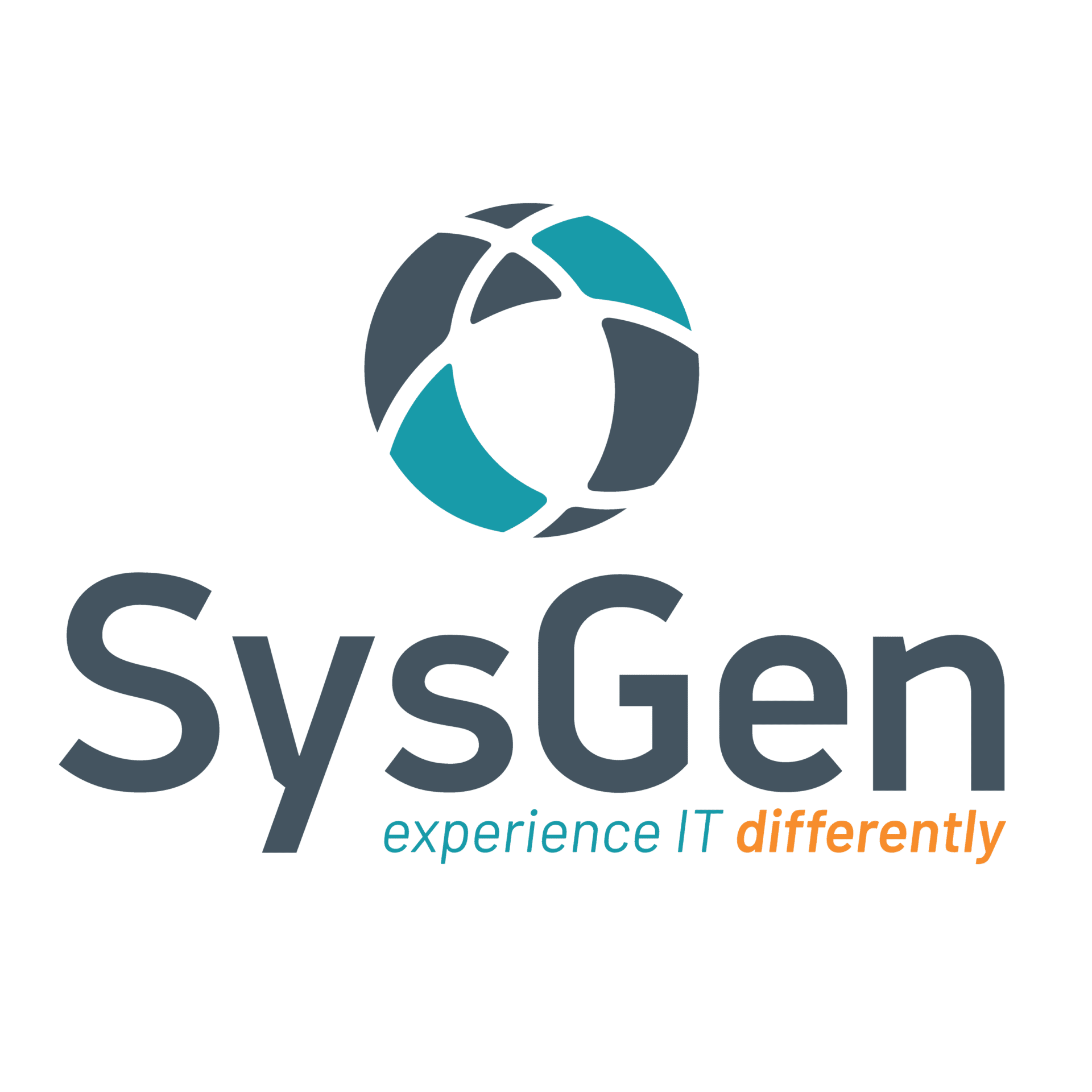Hyperconvergence, as its name suggests, combines, or converges different IT resources, like computing storage and networking, into a single integrated system. Hyperconvergence is critical to building a simplified IT infrastructure ecosystem. With hyperconverged infrastructure (HCI), a single system manages data with high performance and can be easily scaled to suit your needs. In this blog, we’ll review what hyperconvergence is, the key users and benefits of this infrastructure, and how it differs from converged infrastructure.
Table of Contents
- What is Hyperconvergence Infrastructure?
- How Hyperconverged Infrastructure Differs from Converged Infrastructure
- Uses for Hyperconverged Infrastructure
- Benefits of Hyperconverged Infrastructure
- Drawbacks of Hyperconverged Infrastructure
- Hyperconvergence Vs. Cloud Computing
- How Does Hyperconverged Infrastructure Work?
- Hyperconverged Infrastructure with SysGen
- In Summary
- Frequently Asked Questions
- How does hyperconverged infrastructure (HCI) enhance IT team efficiency?
- Can HCI be integrated with our current IT environment?
- Is hyperconverged infrastructure scalable to meet future growth needs?
- How does HCI simplify storage management for IT teams?
- What types of applications are best suited for hyperconverged infrastructure?
- What kind of hardware is typically used in hyperconverged infrastructure environments?
What is Hyperconvergence Infrastructure?
Hyperconvergence infrastructure (also known as HCI) consolidates virtualization, servers, networking, and storage into one seamless solution. These solutions aim to simplify data center management and improve scalability and performance.
HCI combines computing, storage and networking resources into a unified machine which leverages virtualization technology creating a software-based solution to minimize hardware costs and requirements while creating a flexible and scalable IT environment.
Hyperconvergence also uses virtualization to make traditional hardware-based resources into software running on virtual machines.
How Hyperconverged Infrastructure Differs from Converged Infrastructure
Both hyperconverged infrastructure and converged infrastructure work to integrate and consolidate IT resources. However, there are key differences between the two, such as scalability needs, management preferences, and the level of customization required.
HCI systems are more streamlined than convergence infrastructure as it integrates computing, storage and networking resources into a single unit. In contrast, converged infrastructure combines preconfigured units from different vendors into a single system.
In terms of scalability, HCI offers a greater ability to scale as needed, allowing for incremental growth. Conversely, convergence infrastructure requires adding hardware like server racks or additional components to scale.
In terms of management, converged infrastructure is managed on separate interfaces. HCI convergences all components into one machine, providing a streamlined, centrally managed interface to management.
In terms of customization and flexibility, converged infrastructure allows for greater customization because you can select components from specific vendors to suit your needs. HCI offers less hardware customization due to its use of pre-integrated software.
Uses for Hyperconverged Infrastructure
Hyperconverged infrastructure solutions are highly beneficial to small and medium-sized businesses as it simplifies the management of your IT environment while improving scalability and reducing costs overall. The applications of hyperconverged infrastructure are varied, but each creates an opportunity for you to have a more efficient, secure and productive IT environment.
Virtualization
With virtualization in HCI, you can consolidate your workloads on virtual machines to have more efficient resource utilization, more effortless scalability, and improved performance for applications and services.
Backup and Disaster Recovery
HCI has built-in redundancy into the system coupled with storage distribution, making it an additional option for a robust backup and disaster recovery solution. This can provide data protection, minimize downtime, and provide quick recovery options in case of a system failure or data loss.
Benefits of Hyperconverged Infrastructure
-
Increased IT Efficiency
HCI simplifies IT management by consolidating computing, storage, and networking components into a single integrated system. With this, your IT can then be managed through a centralized interface, with the ability to easily provision, monitor, and manage resources from a unified platform, saving time and effort. As a result, you’ll experience increased overall system performance, as data can travel faster with reduced bottlenecks and improved latency.
-
Better Storage at a Lower Cost
Cost savings are the main driver of making the switch to hyperconverged infrastructure solutions. When consolidating resources using HCI, we can reduce hardware costs for networking equipment. Moreover, because of the highly scalable nature of HCI, when your IT needs to grow, the cost to expand with them is significantly less than a traditional infrastructure that will require capital expenditure on hardware.
-
Greater Ability to Scale
HCI grows and adapts to your business’s IT needs. You can start small and incrementally expand by adding nodes to the system to expand your resources. This flexibility prevents overprovisioning of resources, avoids unnecessary costs and ensures that you’ll always have enough resources at your disposal so your business can continue to achieve its goals.
Drawbacks of Hyperconverged Infrastructure
Hyperconverged infrastructures offer many benefits. However, like any technology, there are also potential drawbacks. Let’s look at some downsides of hyperconverged infrastructure and ways to mitigate these issues:.
- Vendor Lock-in: HCI typically relies on proprietary hardware and software solutions that are vendor-specific, for example, Nutanix HCI solutions. Because of this, there can be barriers to switching or alternative solutions in the future. To mitigate this drawback, evaluating the available alternatives is crucial to ensure that you choose a reliable and secure solution and look at factors like compatibility, support available and ability to integrate with other systems.
- Limited Customization: While HCI permits less customization than converged infrastructure this can be mitigated. Through consultation and consideration of the standardized offering we can confirm whether the solution fits your organization’s unique needs or consider opting for a more complex and customizable solution.
- Data Protection and Disaster Recovery: While HCI systems have built-in redundancy measures, they cannot be used as a substitute for a proper backup solution. In addition to this infrastructure, your business should have a comprehensive data recovery plan in place.
Hyperconvergence Vs. Cloud Computing
Hyperconvergence and cloud computing are often viewed as related technologies in their world. While both use virtualization, these are separate, distinct concepts.
The key difference between the two is that hyperconvergence focuses on consolidating infrastructure components into a single system, whereas cloud computing is a way to provide access to IT resources through the internet without any physical infrastructure. Cloud computing is about resource delivery methodology, and hyperconvergence is about reducing the resources necessary to run your IT network.
How Does Hyperconverged Infrastructure Work?
Hyperconverged infrastructure tightly integrates computing, storage, and networking resources into a unified system.
HCI uses physical hardware, like servers, as the foundation of the infrastructure; these are known as nodes. The hardware resources are virtualized using virtualization technology and integrated with software layers. This forms the hypervisor, which manages and allocates the resources across the HCI.
Hyperconverged Infrastructure with SysGen
SysGen’s hyperconvergence services can simplify your business’ IT needs. We’ll consolidate your IT resources into a single system with centralized management so that you can capture all the benefits of hyperconvergence infrastructure. With HCI, your business will be able to:
- Eliminate Complexities: A single system can synthesize your computing, storage, and networking resources.
- Take Advantage of Simplified Scalability: You’ll be able to expand quickly and contract services on an ad-hoc basis, adding nodes when necessary without deploying extra hardware.
- Experience Cost-Savings: Consolidating resources means reducing the cost of running and maintaining your current systems.
- Boast Better Performance: With the balancing mechanism of HCI, you’ll never be concerned about system failure or lack of resources.
In Summary
Hyperconvergence infrastructure is a powerful technology that, when leveraged properly, can transform your business’s IT environment. From the benefits of increased productivity and efficiency to cost savings, the possibilities with hyperconvergence are varied.
Looking to simplify your IT environment?
Frequently Asked Questions
How does hyperconverged infrastructure (HCI) enhance IT team efficiency?
HCI systems help your team improve efficiency in three ways:
- Firstly, through a simplified management system, because HCI consolidates resources into a centralized platform, management is more efficient, and the complexities of IT management are reduced.
- Secondly, efficiency is improved through resource optimization. With HCI, because the system is designed to provide resources accordingly to avoid system failure, you’ll never be bogged down by system downtime.
- Thirdly, efficiency is achieved through streamlined support and troubleshooting. Due to the tight integration between hardware and software in HCI, there are fewer technical issues for your team to encounter, thus minimizing downtime and ensuring that technology aids your team in their work.
Can HCI be integrated with our current IT environment?
To determine if HCI is integrable with your current system, you’ll need to assess a few factors: vendor compatibility, access compatibility, and a proof-of-concept assessment. This should be reviewed by an IT expert who learns your current system and understands how to leverage HCI within it.
- Access compatibility relates to checking if the components of existing hardware and software you use are compatible with HCI solutions.
- Looking at vendor compatibility means diving into the available offerings to see if it aligns with your business needs.
- Proof of concept validates the theoretical integration with your current IT environment.
These steps are critical to see if your IT environment is compatible with a hyperconverged infrastructure solution.
Is hyperconverged infrastructure scalable to meet future growth needs?
Yes, hyperconverged infrastructure is designed to be highly scalable, making it well-suited to meet future growth needs. HCI allows you to scale granularly, meaning you can scale resources based on your specific needs. This flexibility and customization will enable you to maximize resource utilization and diverse workloads. Further, HCI is easily scalable in its architecture; adding more nodes to an extensive system improves the capacity and performance of the infrastructure without adding heavy amounts of effort.
How does HCI simplify storage management for IT teams?
HCI simplifies storage management by creating a unified management platform. HCI consolidates computing, storage and networking resources into a single system, and the ability to control and monitor these resources is vested in a centralized platform. IT teams can then manage storage resources, configurations, and policies through a single platform, simplifying administration.
HCI also includes automated storage provisioning, reducing the workload of IT teams in storage provisioning. Since the storage is automatically allocated based on predefined policies, it eliminates the need for manual intervention.
What types of applications are best suited for hyperconverged infrastructure?
Hyperconverged infrastructure is well-suited for various applications, particularly virtualized workloads, cloud infrastructure and data protection backups. Hyperconverged cloud infrastructure is ideal for building private clouds. Using virtualization and HCI, SysGen can deliver self-service provisioning, resource pooling, and automation, allowing IT teams to provide cloud-like services to internal users while maintaining control over the infrastructure.
What kind of hardware is typically used in hyperconverged infrastructure environments?
HCI requires servers, storage resources, networking infrastructure, hypervisors, and management software.
- HCI environments often have multiple servers, which are the nodes of the environment; the specification of servers depends on your business’s needs.
- Storage devices are integrated into the server nodes and make up the overall storage capacity of the HCI.
- Networking infrastructure refers to the connection between the nodes, which involves cables, adapters and ethernet switches.
- The hypervisor is the virtualized component of the software and computer resources. It runs on each server node and manages the resources.
Need help implementing a hyperconverged infrastructure for your business?



